Popular on Food52
Continue After Advertisement
6 Comments
Dirt
January 12, 2014
Annoying bit of misinformation...
In the Honeycrisp description it states that like other hybrids, it will not come true to seed and must be grafted.
ALL apples must be grafted or started from scion wood. Apples do not EVER come true to seed, and are unique in that the seeds can contain a very wide expression of apple genetics.
Any true named variety of apple is the product of grafting, and genetically identical to the initial tree bearing the named variety.
In the Honeycrisp description it states that like other hybrids, it will not come true to seed and must be grafted.
ALL apples must be grafted or started from scion wood. Apples do not EVER come true to seed, and are unique in that the seeds can contain a very wide expression of apple genetics.
Any true named variety of apple is the product of grafting, and genetically identical to the initial tree bearing the named variety.
mainecook61
November 19, 2012
Beg your Whole Foods, et al. to carry Spencers, which are late and SO sweet and delicious. The old orchards, some of which are being brought back, were full of all kinds of varieties, some best for cider (russets), some best for keeping, and so on.
NakedBeet
November 19, 2012
Mainecook61, I couldn't agree with you more! It always surprised me that in the great apple growing state like NY, my local Whole Foods doesn't carry any local NY apples, all only 2-3 hours away. I would love to see variety in the market and save on the gas to get to my Winesaps.
scott.finkelstein.5
November 18, 2012
Technically, the idea of the apple as the forbidden fruit is a fairly recent Western European Christian interpretation based on the latin words for "evil" and "apple" being the same, the use of golden apples in Greek mythology, and use in various northern European pagan traditions. Older traditions tend to go with something like a grape, occasionally grapes growing on a tree.
mainecook61
November 18, 2012
Cortland, McIntosh, Macoun (now out of season), Gala, and Honeycrisp? Hmm, these are tasty but still pretty ubiquitous. After a visit to a nearby orchard this past weekend, I brought home: Arkansas Blacks; Northern Spies; Spigolds; Braeburns; Spencers; McConnell Reds; Winesaps; and Idareds. I could have included Baldwins, Wolf Rivers,
Greenings, and many more. Why such a mix? All but the Spencers keep quite well now that we're at the end of the apple season, plus the best apple pies are made from several sorts of apples. If more people would seek out something other than McIntosh-Cortland-Delicious, perhaps orchardists would plant a greater range of varieties! See the Fedco catalog for a good look at the possibilities: http://www.fedcoseeds.com/trees.htm
Greenings, and many more. Why such a mix? All but the Spencers keep quite well now that we're at the end of the apple season, plus the best apple pies are made from several sorts of apples. If more people would seek out something other than McIntosh-Cortland-Delicious, perhaps orchardists would plant a greater range of varieties! See the Fedco catalog for a good look at the possibilities: http://www.fedcoseeds.com/trees.htm
Panfusine
November 16, 2012
you just got me craving mulled spiced cider with this post.. Another delicious post.. as always! thanks!
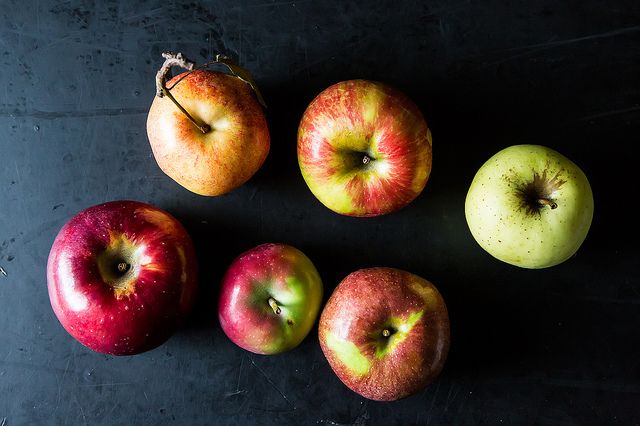
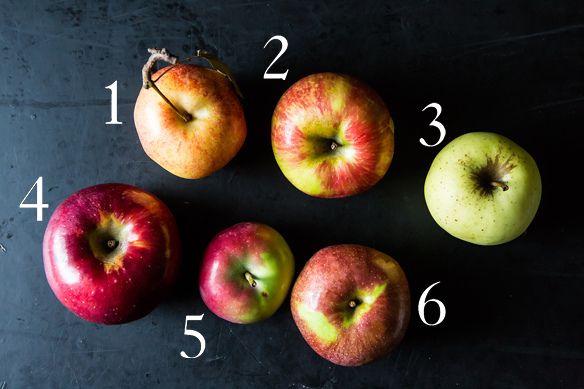
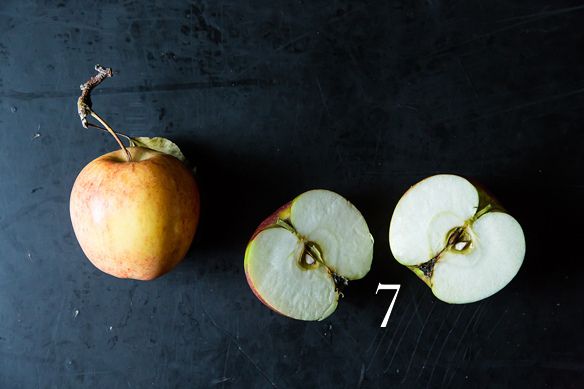
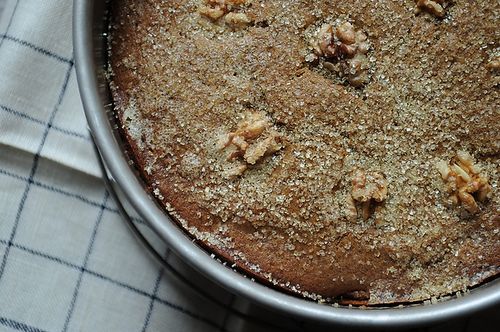
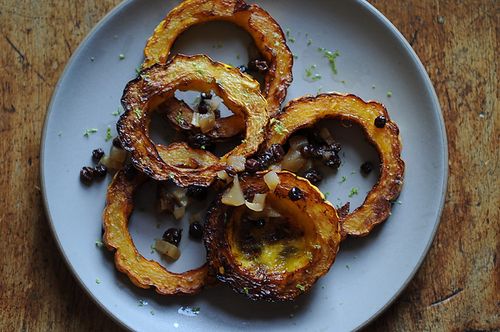
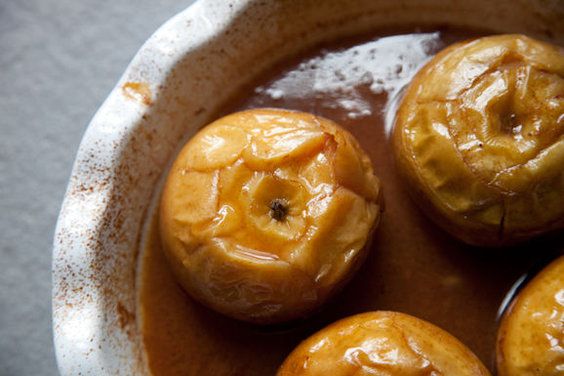

See what other Food52 readers are saying.